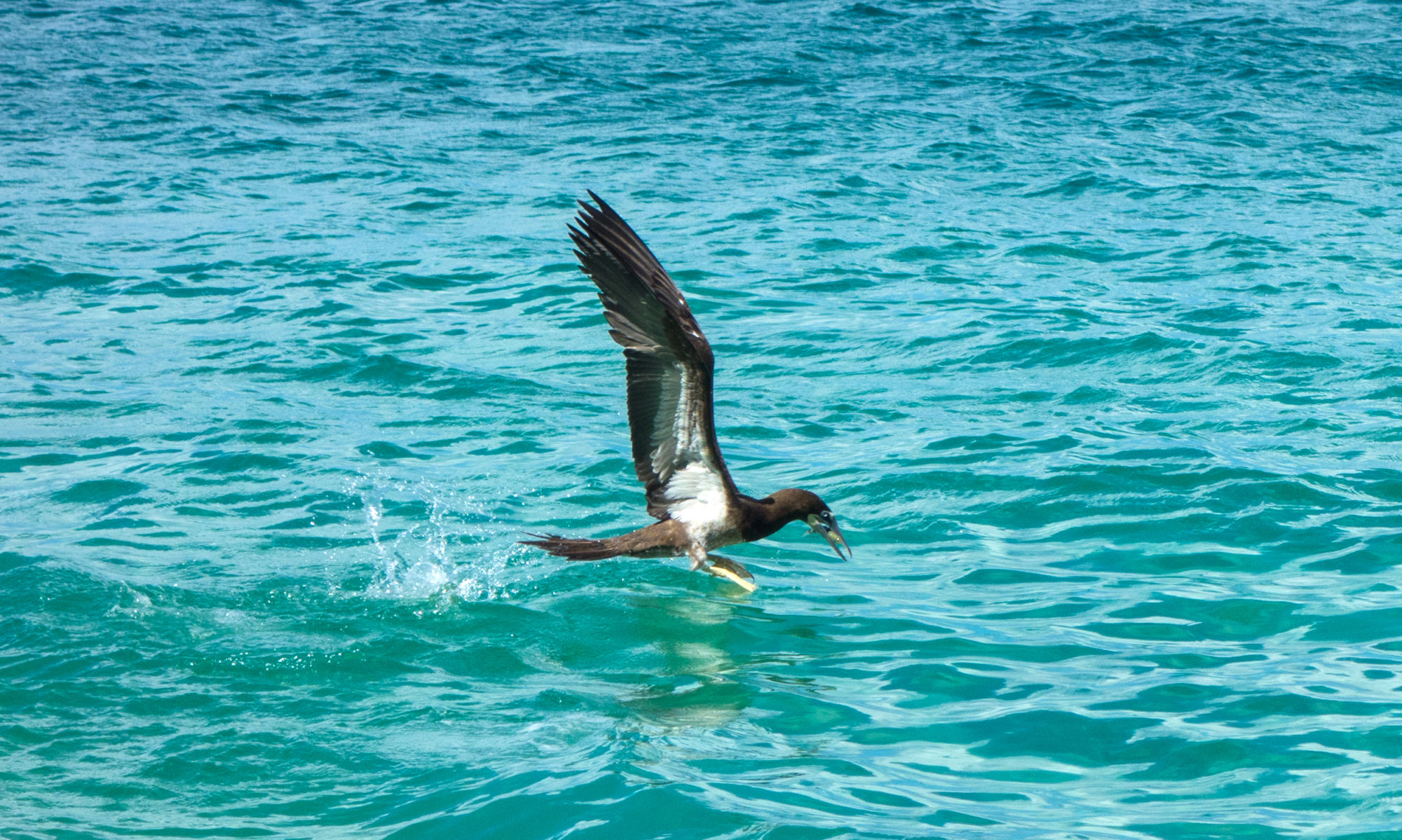One morning as I was getting dressed for school I heard cries of “blows! Blows!” I rushed outside to see what the commotion was and discovered that the whole Island had gone stark raving mad. Mac was parked at my gap in his mother’s land-rover and was beckoning impatiently for me to join him. He assured me there would be no school that day and urged me to get into the already crowded vehicle. The whalers had been blessed with a cow and calf and the majority of Bequians were making their way to Petit Nevis, a small Island where the whales would be butchered and sold.

My father, the Reverend Ron Armstrong, had recently blessed the whaleboats at Friendship Beach. This was a tradition taken very seriously; whaling was a dangerous occupation and the sprinkling of Holy Water on the boats, accompanied by prayers for the safety of those who sailed on them, was of the utmost importance. The whalers chased the humpbacks in wooden double-ended sailboats using hand-held harpoons attached to ropes. Once the whale was harpooned a whaler had to climb on the back of the thrashing beast and sew its mouth shut to prevent it from swallowing water and sinking. The men would then have to sail the boat to Petit Nevis towing the whale, not an easy task. This is a simplified version of how a whale was caught, the purpose being to point out how dangerous it was.

Mac drove the land-rover to Paget Farm, where we jumped into one of several boats ferrying people over to Petit Nevis. The sea was pretty choppy so I was grateful that the trip was a short one! The Island was over-flowing with people and a carnival feeling was in the air. I was told to be careful getting out of the boat, the water around Petit Nevis was full of bright red blood and it had attracted sharks. To get ashore I had to climb into and over other boats but I made it intact with the help of many cheerful Bequians.

What a scene! The cow had been winched onto a cement ramp and Mac’s father Lincoln Simmons (Bluesy) was starting to flense. Bluesy was the local sail-maker and evidently the only man on Bequia who knew how to flense a whale. There were fires burning under massive pots, and ladies were starting to render the blubber. Once the blubber had melted the meat would be cooked; the beauty of “Doved” whale was that it could stay in a container un-refrigerated forever. On an Island where most people did not yet have a refrigerator, whale was precious and considered a treat.

The meat was being sold as fast as it was hauled ashore, and as there was so much of it everyone on Bequia would be eating it for weeks to come. Several people stood over small fires cooking thin strips of the whale. I was offered a piece on a sea-grape leaf and the group around me fell silent as I took the first bite. They knew I had never eaten whale and were waiting expectantly for my reaction. I did not want to disappoint them so I made lots of noises about how delicious it was …… between you and me it tasted like beef that had been stored in a sardine can! I was immediately plied with a heaping of whale on a larger leaf and found that after the initial strangeness to my taste buds wore off it wasn’t too bad. Grilled while fresh is the only way I enjoy the meat, once it has been doved it is very dense and oily.

My first trip to Petit Nevis is one I have never forgotten. It opened my eyes to the importance of subsistence fishing and allowed me to observe first-hand an Island tradition not many have a chance to witness. The aroma of whale lingered in the air for several weeks, and once in a while I would hear people say, “Armstrong can bless, boy, Armstrong can bless!”


